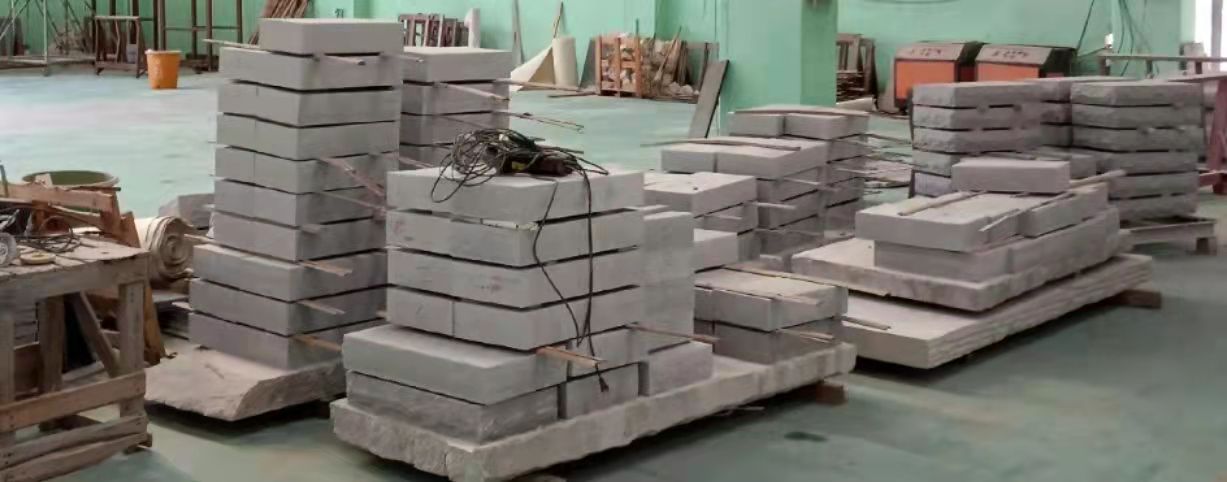The History of Granite Memorial Stones in European Cemeteries

The History of Granite Memorial Stones in European Cemeteries
Granite memorial stones, with their timeless elegance and durability, have long held a place of honor in European cemeteries. To truly understand their significance, it’s essential to delve into their historical journey, which spans centuries and showcases the ultimate craftsmanship in stone carving.
The origins of granite memorial stones in Europe can be traced back to ancient times. The Greeks and Romans, who revered stone for its permanence, used it extensively for monuments and graves. Granite, known for its resilience, began to be favored during the Renaissance, a period marked by a resurgence of artistic and architectural refinement. The use of granite became more prominent as the technique of quarrying and carving advanced.
During the 19th century, the Industrial Revolution brought about significant changes in the way granite was processed and utilized. This period saw a rise in the use of granite for memorial stones due to its availability and the development of cutting-edge tools that made it easier to shape and polish. Granite memorials started to become a common sight in cemeteries across Europe, symbolizing both wealth and a lasting tribute to the deceased.


When considering importing granite memorial stones from China, it’s crucial for European clients to choose reputable suppliers who adhere to stringent quality standards. Partnering with experienced companies ensures that the granite monuments meet the highest specifications and maintain their elegance and durability.
In summary, the history of granite memorial stones in European cemeteries is a testament to the enduring nature of this magnificent material. From ancient origins to modern innovations, granite has remained a symbol of reverence and permanence. As the demand for high-quality granite continues to grow, importing from reputable sources like China offers an opportunity to honor loved ones with beautifully crafted, long-lasting memorials.